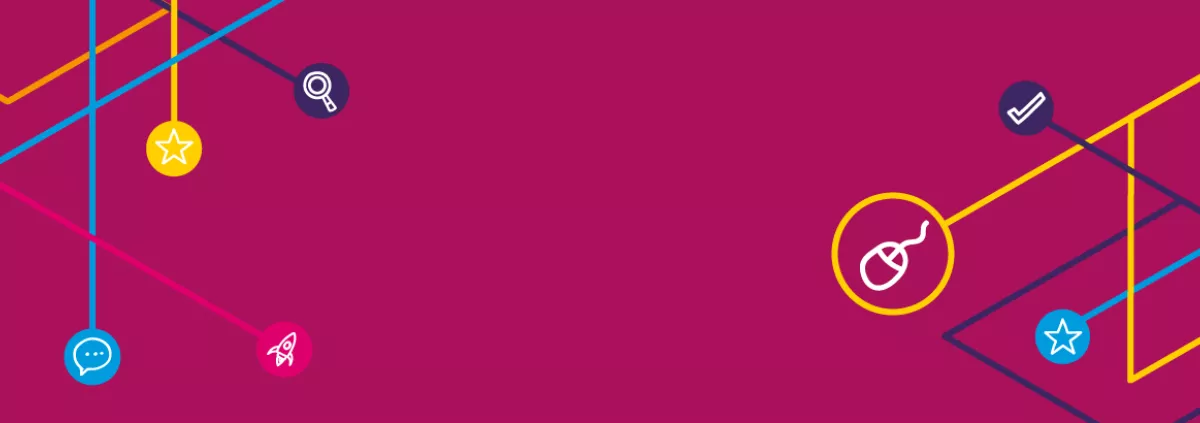When teaching maths methodology courses, I usually ask my students, who are pre-service teachers, to reflect on how they learned maths, what teaching methods engaged them most, what practices they enjoyed and what they didn’t. I also ask them to identify what they, as young students of mathematics, did well and what they failed at.
Most of their complaints focus on the traditional maths teaching methods practised by their maths teachers, where information has been dumped into their brains, and they were expected to regurgitate it. Maths information was isolated not only from real life situations but also from other subjects, which, to them, made maths seem pointless and tiring.
To get their students engaged in the teaching and learning process, in service teachers have to learn to adopt teaching strategies that induce students to learn interactively and meaningfully, so that they are empowered to employ their knowledge in real life situations.
Too often maths learning is presented as solving maths exercises, rather than as finding solutions to new problems that have not yet been formulated. To get away from this approach, I decided to start teaching my students through a Problem Based Learning strategy. Problem Based Learning is a teaching approach that starts from real-world, challenging situations to engage students’ interactive, creative, and problem-solving skills. What follows is an example of this approach written by my student teachers.
Students are tasked to choose a very challenging situation that people are facing today in several countries. In this case, the students chose “sinking cities”, that is cities that are currently threatened by rising sea levels. Students divided themselves into teams to investigate the causes of the following cities’ subsidence: Venice, Bangkok, and New Orleans. Their main investigation focused on the reasons for sea levels rising in these cities, and on finding out solutions to save these cities from disappearing.
To accomplish this task, students deployed knowledge gained from maths, science, geography, and English. They utilized their mathematical knowledge of ratio, rate, proportionality and coordinate system to calculate rates of the sinking cities and to read maps of those cities. As for science, the students had already learned the effect of force transferred by liquids. They applied this concept to the situation of sinking cities. In geography, they made use of what they learned about storms, hurricanes, floods, and global warming, and at last, students implemented what they learned in English (analyzing a text, organizing and categorizing information) to infer the reasons that lead these cities to sink.
Students found out the following reasons of the cities’ subsidence: global warming, storms, and hurricanes, and they proposed the following solutions that might make those cities more resistant to land subsidence: setting up councils for sustainable water management and restoring water in those cities.
However, implementing Problem Based Learning requires essential conditions to make it a success. My students would not have achieved their goals if they didn’t meet and collaborate to analyze documents and research topics. My students didn’t implement this lesson in Lebanese classroom settings. If they did, they would have consulted science, geography, and English teachers to make sure that they already covered the relative concepts required for trying out this lesson (the effect of force transferred by liquids, storms, hurricanes, floods, and global warming, analyzing a text, organizing and categorizing information). Coordinating with teachers is an essential condition for implementing an effective problem-based learning approach. However, such coordination might be a management burden for some teachers, as they have to check with their colleagues the timetable and scope and sequence of the subject areas involved in the lesson. Some Lebanese teachers could argue against adopting such approach because either it is not feasible or they don’t have the luxury of time to prepare for it. There is no doubt that this is a major obstacle – one way forward may be ‘teaching practice’ or practicum where student teachers innovate but they are supported by their university faculty to do so rather than placing an additional burden on overworked school teachers. Another question that raises itself in the meantime is: if there are challenges for trying out Problem Based Learning approach in face-to face classrooms, with the outbreak of pandemic, can such approach be implemented virtually or in a blended modality?
Note: A webinar on entitled “Unleashing Interactive Learning Techniques” will be conducted December 8th, 2021 at 4 p.m. (Beirut time).
To register in the webinar, kindly click the link below.
https://us06web.zoom.us/meeting/register/tZYtfuitqzIsE9OH2IpClArgonLdCSIF5V2D
After registering, you will receive a confirmation email containing information about joining the meeting.

Do students going through initial educator education in Lebanon have the chance of an extended period of supported practice in an appropriate school?
Please log in or sign up to comment.